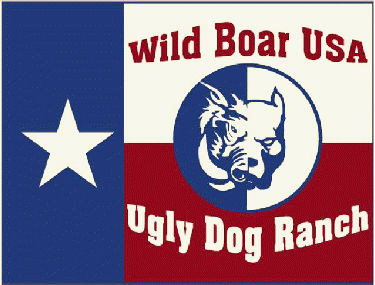and as well the American flag was flying high and represents the genocide practiced by whites and blacks of the indigenous peoples that owned this land before the anglos and Africans got here .
Halfbreed...since you threw that in there about the American Indian I thought the below writings would fit as well...
I agree the Dixie flag is a beautiful flag and I appreciate the look...whomever designed it did a great job...My mothers side of the family were mostly well to do Spaniards who owned quite of bit of land in Mexico and we still own that land...8 miles wide and 11 miles long...but it was abandoned during the Mexican civil war because the could not defend the mini fort that still stands there...so the migrated to Texas...My dads side of the Family were born in Texas...Grandfather in 1882 and great grandfather before that time is about as far back I can go...Humanly I probably have as much Indian blood as some American Indians claim...but legally it does not count which was created by the new American law which is probably not right...my personal theory as usual and strictly my opinion...
That is why I always say the pen is mightier than the sword...whomever documents will go down in history and after a while that becomes common belief...
In the United States, before there was New England, there was New Spain; and before there was Boston, Mass., there was Santa Fe, N.M. The teaching of American history normally emphasizes the founding and growth of the British colonies in North America, their emergence as an independent nation in 1776, and the development of the United States from east to west. This treatment easily omits the fact that there was significant colonization by Spain of what is now the American Southwest from the 16th century onward. It also tends to ignore, until the Mexican War is mentioned, that the whole Southwest, from Texas westward to California, was a Spanish-speaking territory with its own distinctive heritage, culture, and customs for many decades.
The term Hispanic is not an ethnic description. It refers to native language and to cultural background. Within the group called Hispanics are peoples of diverse ethnic origins. There are African Americans and American Indians as well as individuals of purely European background whose families have lived in the Americas for generations. And, because of intermarriage, there are descendants who represent a combination of several origins. Hispanics do not necessarily regard themselves as a single group because their attachments are to their specific national origin. In the case of many Mexican Americans, the national origin is within the United States if their ancestors lived in the Southwest before the Mexican War.



